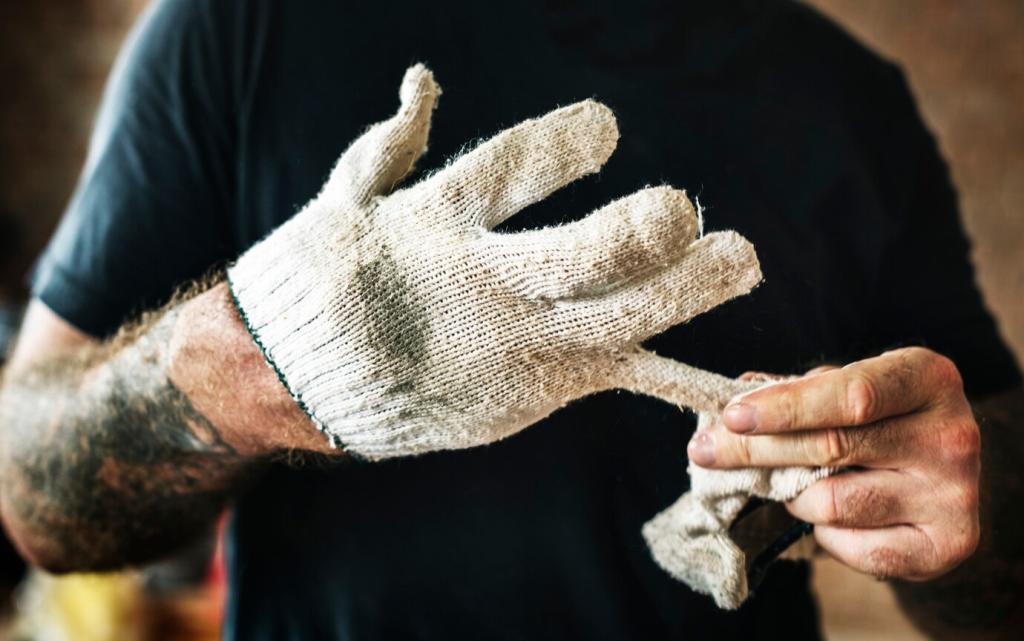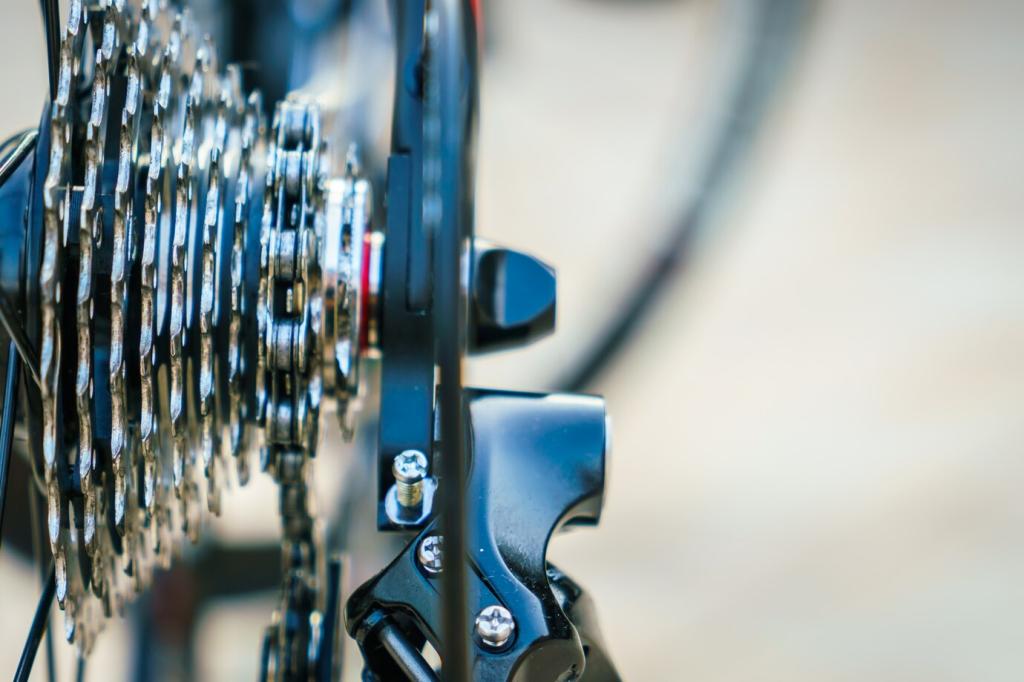Aftercare, Rust Defense, and Off-Season Storage
After cleaning, let grates sit warm to evaporate moisture, then wipe a whisper-thin coat of oil. This seals pores without dripping into future smokes. What cloth or towel do you trust for a clean, lint-free finish on still-warm metal?
Aftercare, Rust Defense, and Off-Season Storage
For light rust, use a paste of baking soda and water or a vinegar soak, then buff with fine steel wool before reseasoning. Avoid harsh grinding that scars surfaces. Have you revived a neglected grate? Tell us what combination brought it back to life.







